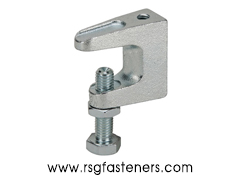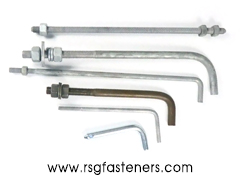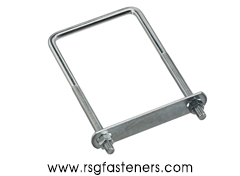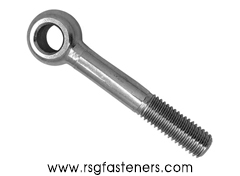An ISO 9001:2015 Certified Company
An ISO 9001:2015 Certified Company
When it comes to the world of fasteners, bolts, nuts, washers, and threaded rods play a crucial role in holding structures together. Each of these components has its own unique technical specifications that determine its suitability for different applications. Let's start with bolts. Bolts are typically made of steel and come in various sizes and grades, such as Grade 5 or Grade 8, which indicate their tensile strength. Nuts, on the other hand, are threaded fasteners that complement bolts. They also come in different sizes and types, including hex nuts, lock nuts, and wing nuts, each serving a specific purpose. Washers, often overlooked, provide a flat surface between the bolt head or nut and the material being fastened, distributing the load and preventing damage. Lastly, threaded rods are long, cylindrical fasteners with threads along their entire length, allowing for easy adjustment and assembly. These components may seem simple, but their precise technical specifications ensure the safety and stability of countless structures, from construction projects to industrial machinery.

























